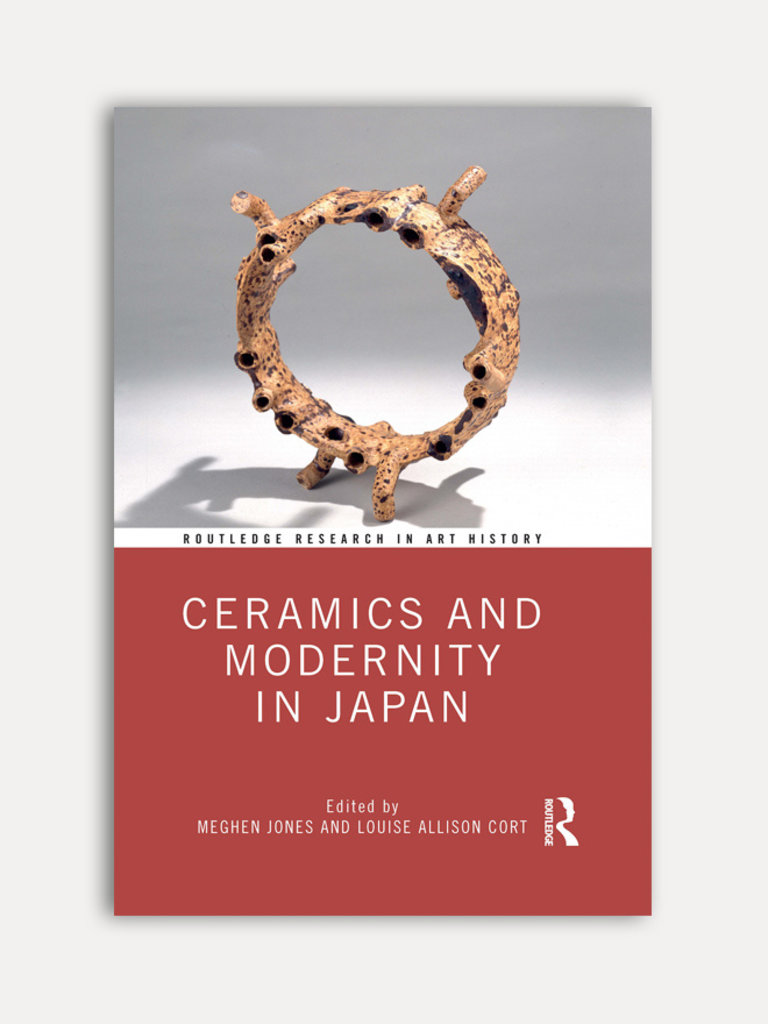

Inloggen
Als u een account bij ons heeft, meld u dan aan.
Registreren
Door een account aan te maken in deze winkel kunt u het betalingsproces sneller doorlopen, meerdere adressen opslaan, bestellingen bekijken en volgen en meer.
Account aanmakenAs in other parts of the world, ceramics in modern Japan developed along the three ontological trajectories of art, craft, and design. Yet, it is widely believed that no other modern nation was engaged with ceramics as much as Japan—a "potter’s paradise"—in terms of creation, exhibition, and discourse. This book explores how Japanese ceramics came to achieve such a status and why they were such significant forms of cultural production. Its medium-specific focus encourages examination of issues regarding materials and practices unique to ceramics, including their distinct role throughout Japanese cultural history. Going beyond descriptive historical treatments of ceramics as the products of individuals or particular styles, the closely intertwined chapters also probe the relationship between ceramics and modernity, including the ways in which ceramics in Japan were related to their counterparts in Asia and Europe.
Featuring contributions by leading international specialists, this book will be useful to students and scholars of art history, design, and Japanese studies.
Table of Contents
- A potter’s paradise: The realm of ceramics in modern Japan, MEGHEN JONES.
- Tradition, modernity, and national identity: Celadon production at the Makuzu ceramic workshop 1870–1916, CLARE POLLARD.
- More than "Western": Porcelain for the Meiji Emperor’s table, MARY REDFERN.
- Modernizing ceramic form and decoration: Kyoto potters and the Teiten, GISELA JAHN.
- Unifying science and art: The Kyoto City Ceramic Research Institute (1896–1920) and ceramic art education during the Taisho era, MAEZAKI SHINYA.
- The spark that ignited the flame: Hamada Shoji, Paterson’s Gallery, and the birth of English studio pottery, JULIAN STAIR.
- Okuda Seiichi and the new language of ceramics in Taisho (1912–1926) Japan, SEUNG YEON SANG.
- The nude, the empire, and the porcelain vessel idiom of Tomimoto Kenkichi, MEGHEN JONES.
- Veiled references: The role of glaze in Japanese avant-garde ceramics, LOUISE ALLISON CORT.
- Koyama Fujio’s view of modern Japanese ceramics and his role in the creation of "Living National Treasures", KIDA TAKUYA.
- Found in translation: Ceramics and social change, TANYA HARROD.
Editor(s)
Meghen Jones is Assistant Professor of Art History and Director of Global Studies at the New York State College of Ceramics of Alfred University, USA. Her research centers on ceramics, design, and modern art in Japan and in global perspective.
Louise Allison Cort is Curator Emerita for Ceramics, Freer Gallery of Art and Arthur M. Sackler Gallery, Smithsonian Institution, USA. Her primary research interests are historical and contemporary ceramics in Japan, Mainland Southeast Asia, and India.
| Auteur | Meghen Jones, Louise Allison Cort (Ed.) | |
| Uitgever | Routledge | |
| Taal | Engels | |
| Jaar van uitgave | 2019 | |
| Afmetingen | 16 x 24 cm | |
| Kenmerken | Hardcover, 250 pagina's, 72 kleuren illustraties | |
| ISBN | 9780367143305 |
